Summary
- Feats are essential for fighters, enhancing combat abilities and offering unique skills unavailable otherwise.
- Choose feats based on subclass, party build, and character background to tailor your fighter effectively.
- New edition D&D 2024 provides various feat options to complement a fighter’s martial skills in combat.
Fighters in Dungeons & Dragons are masters of their craft, eager to show off their skills with every manner of weapon, whether at range or standing toe-to-toe with an opponent. They can wield massive weapons to cut down their foes or use a shield and armor to keep their allies safe from harm. Fighters are a versatile bunch, and the feats that best fit a character will largely depend on the subclass selected and the overall goal of the player.
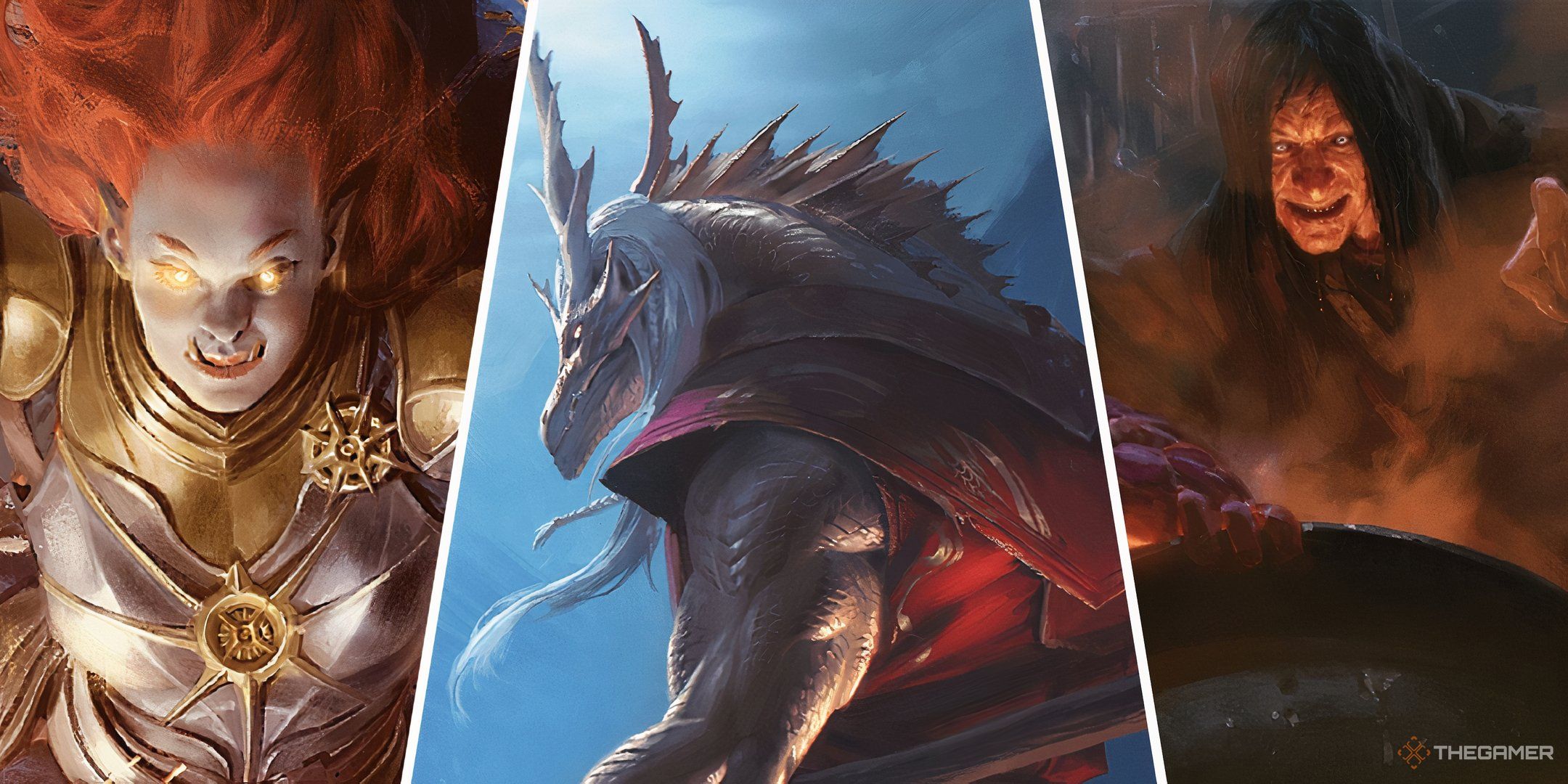
Related
Dungeons & Dragons: Alignment Explained
Learn everything about alignment in this Dungeons & Dragons guide.
Feats are definitely the icing on the cake when it comes to your fighter. They allow for more ample movement, heightened damage in combat, or even abilities that would not be available to the class in any way otherwise. Here are some of the best feats for your next fighter character.
In selecting the feats that best suit your Dungeons & Dragons fighter, one must first consider their character’s background, subclass, and even the builds of the rest of your party. This will help tailor not only your character but the feats they take along the way.
Updated February 8, 2025, by Zackary Wiggs: While they don’t have the bells and whistles that some of the spellcasting classes have, everyone should make a fighter at some point in their D&D careers. Masters of martial skill and weaponry, they allow the player to get a keen sense for action economy and the simpler parts of combat. They aren’t one-note characters though, fighters are just as varied as their subclasses and feats are. Now, with D&D 2024 edition, there are all new way to make a character, and if you’re making a fighter, it never hurts to narrow down some of your choices with this list.
13
Two-Weapon Fighting
- Source: D&D Player’s Handbook
- Ideal Archetype: Battle Master, Echo Knight
- Prerequisite: None
- Main Benefit: Allows off-hand attacks to use your proficiency modifier.
Sometimes one weapon isn’t enough. If your fighter leans towards the quantity over quality way of combat, then two-weapon fighting is the way to go. The effects are simple. You may wield two weapons, one in each hand, and you can add your ability mod to both attacks.
This negates the off-hand attack being weaker than most characters have to get over. But, you can only dual wield weapons that have the Light property in their description, unless your DM says otherwise, of course.
There is also the two-weapon fighting martial archetype as well, if you don’t want to spend a feat on this ability.
12
Mage Slayer
- Source: D&D Player’s Handbook
- Ideal Archetype: Cavalier, Champion
- Prerequisite: None
- Main Benefit: Use reaction to attack a creature casting a spell.
The rift between spellcasters and martial fighters can be a big one, especially in combat. Nothing is worse than getting a gruesome spell cast on you from halfway across the map as a fighter. Thankfully, mage slayer helps you be the bane of any spellcaster. Mage slayer allows you to do a few different things.
You can use your reaction to attack anyone who casts a spell within five feet of you for one, and any attack you make against a spellcaster who is concentrating on a spell has disadvantage on maintaining concentration on said spell. In addition, you also have advantage on saving throws against spells cast against you by someone within five feet. This makes you a go-to anti-mage at any level. The key is to get in close though, which shouldn’t be too hard for fighters.
This pairs great with the mobile feat.
11
Magic Initiate
- Source: D&D Player’s Handbook
- Ideal Archetype: Arcane Archer, Bannaret
- Prerequisite: None
- Main Benefit: The ability to cast cantrips and a first level spell from a different class.
Fighters are one of the few classes that don’t have many spellcasting abilities from their base build. Spells are a great tool for any class though, both in and out of combat. So Magic Initiate never hurts. The first thing for this feat is to pick a spellcasting class.
From there, you can pick any two cantrips, and one first-level spell to be able to cast once per long rest. Your modifier is the skill modifier that class would be using for their spells. This is great at low levels where cantrips and first-level spells can really adjust combat or a problem. Since there’s a pretty long list of cantrips and first-level spells, there are many variations of what the end-goal of Magic Initiate may look like, so keep in mind if you want to focus on combat, healing, or RP abilities.
10
Crusher
- Source: D&D Player’s Handbook
- Ideal Archetype: Champion, Rune Knight, Brute
- Prerequisite: None
- Main Benefit: Push creatures you hit with bludgeoning damage.
There are a handful of feats that increase or modify the damage types that your fighter might use, but crusher has some added benefits that makes it stand out a bit. The first part of the feat is you get to increase your Strength or Constitution score by one.
The rest of the feat allows you to move any creature you hit on an attack that does bludgeoning damage up to five feet away from you. This must be in an empty space, and the creature can’t be larger than one size bigger than your character.
Pair with sentinel and a two-handed blunt weapon, and your fighter will be able to rival any paladin in their ability to control a fight.
As an added benefit, any critical hit with bludgeoning damage allows you to advantage on your attacks against that creature on your next turn. Which means any fighter using a maul, hammer, or similar weapon will be a force to be reckoned with.
9
Great Weapon Master
- Source: D&D Player’s Handbook
- Ideal Archetype: Champion, Samurai
- Prerequisite: None
- Main Benefit: Score a critical hit with a melee weapon or reduce a creature to zero hit points, make one melee weapon attack as a bonus action. Make a successful melee attack with a heavy weapon with which you are proficient, choose to take a -5 penalty to the attack roll. If the attack hits, it deals +10 damage.
For warriors who specialize in large, two-handed weapons, this can be a monster of a feat. Not only do you gain the opportunity to land bonus actions for killing opponents, which can be frequent depending on the types of enemies one is facing, there is also the option to penalize an attack roll in exchange for the potential of dealing out +10 extra damage.
The gladiator is a nice background since your starting kit includes an unusual weapon that can be a two-hander of our choice, like a trident or a warhammer. If this feat is taken by players who decide to build a Champion fighter, it can become even more powerful.
8
Mobile
- Source: D&D Player’s Handbook
- Ideal Archetype: Psi Warrior, Battle Master, Monster Hunter
- Prerequisite: None
- Main Benefit: Speed increase by ten feet, Dash on difficult terrain, no provocation of opportunity attacks in melee.
Mobile is another great feat that can benefit offensive or defensive fighters. Your speed increases by ten feet, and when you use the Dash action, difficult terrain doesn’t cost extra movement on that turn. When you make a melee attack against a creature, you don’t provoke opportunity attacks from that creature for the rest of the turn, whether you hit or not.
There is a variety of both skills and backgrounds that can combine nicely with the mobile feat, so don’t let the suggestions above box you in. Consider the adventure or the module in which your game is set if you need more inspiration or guidance.
7
Crossbow Expert
- Source: D&D Player’s Handbook
- Ideal Archetype: Arcane Archer, Sharpshooter, Scout
- Prerequisite: None
- Main Benefit: Ignore the loading time normally needed when firing a crossbow.
If your fighter is using crossbows, this can be great for ignoring the necessary loading, allowing for full extra attacks with the weapon. This pairs well with sharpshooter, and if choosing to go ranged as a fighter, is essential.
This is a great feat for all kinds of fighters, in particular, the types that want to get into ranged fighting or multiclass as rogues or rangers, and the suggestions reflect those trends. It should be noted that fighters who focus more on melee damage won’t get much out of this feat, since it doesn’t give you any AC or dodge advantages when it comes to using your weapon.
6
Heavy Armor Master
- Source: D&D Player’s Handbook
- Ideal Archetype: Battle Master, Rune Knight
- Prerequisite: Proficiency with heavy armor
- Main Benefit: +1 to Strength. Bludgeoning, piercing, and slashing damage are reduced by three.
At early levels, heavy armor master is a fantastic feat, not only increasing Strength, but also reducing the damage from bludgeoning, slashing, and piercing from non-magical weapons by three. Obviously, this feat becomes less impressive as time goes on and you face larger, more dangerous foes or magic users, but during those early levels, one can feel all but indestructible.
Taking this feat along with a few others can put a character in a place to really soak up all the damage and protect a party. In doing so, other classes can more safely focus on being the glass cannons of the group and investing into their own characters in ways that they might be able to, were it not for their solid tank defending them from harm.
Suggested paired feats include: alert, sentinel, mobile, and tough.
5
Alert
- Source: D&D Player’s Handbook
- Ideal Archetype: Any
- Prerequisite: None
- Main Benefit: +5 to initiative, you can’t be surprised, and creatures you don’t see don’t gain advantage on attack roll against you.
The alert feat provides a number of ideal bonuses for fighters. You gain a +5 bonus to initiative, you can’t be surprised while you are conscious, and other creatures don’t gain advantage on attack rolls against you as a result of being hidden.
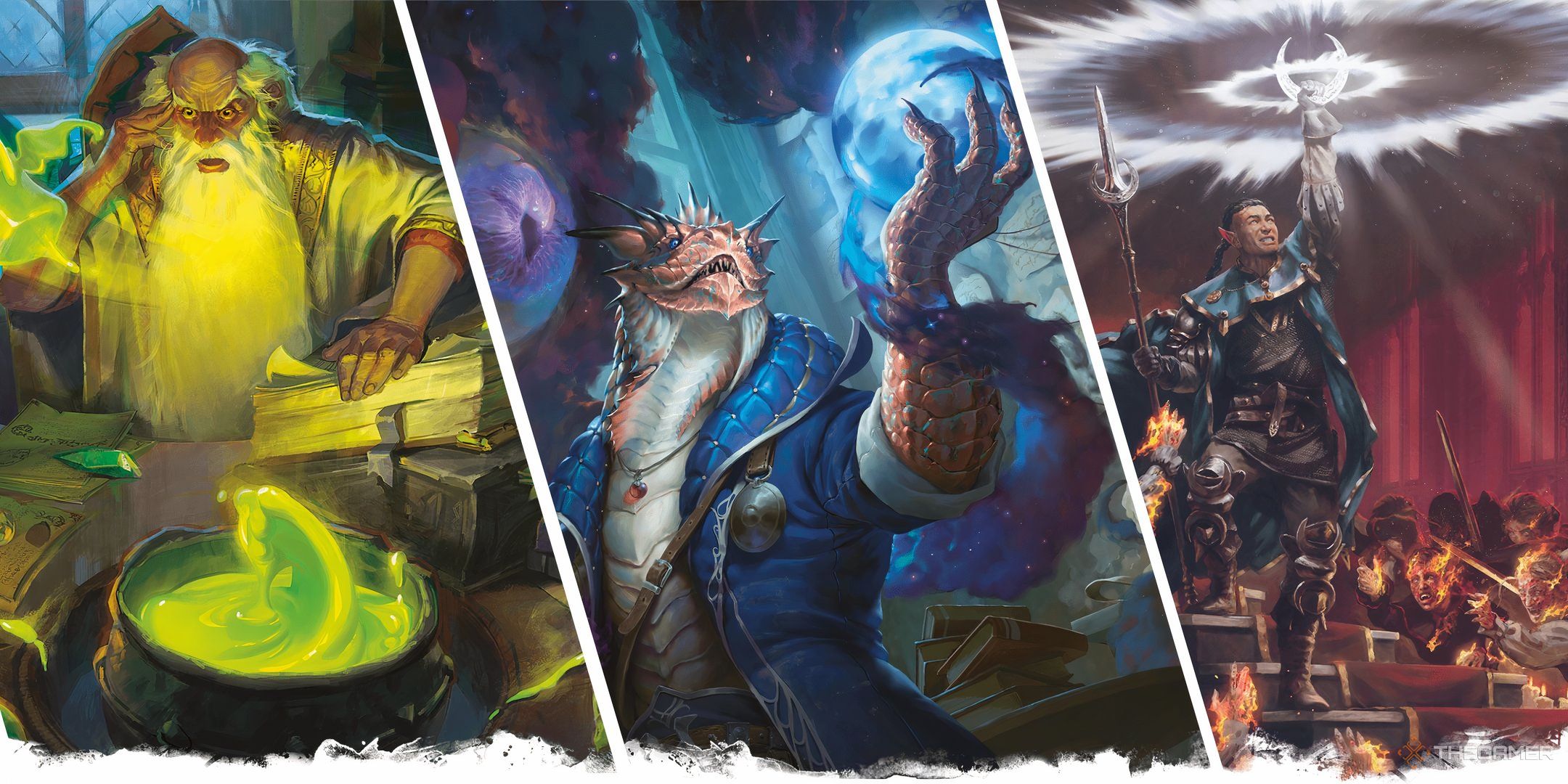
Related
Dungeons & Dragons: 13 Broken Feats
Choosing the right feats for your character can really break your build. Here are the best options if you’re looking to optimize your character.
There should always be someone in the party with the alert feat because being surprised is a terrible thing for combat. In addition, having +5 to initiative means that you can charge on in to start dealing damage, or position yourself in a manner that most protects the party.
4
Shield Master
- Source: D&D Player’s Handbook
- Ideal Archetype: Rune Knight, Eldritch Knight, Cavalier
- Prerequisite: None
- Main Benefit: Attack also allows to shove, shield bonus to Dexterity, saving throws against spells, and no 1/2 damage on the successful saving throw.
Few attacks will be able to get through an AC thanks to your shield, plus you have extra abilities that allow you to use your shield in more creative ways than just as a way to block attacks. Making all saves pass or fail can also be an incredible boon, as a lot of times those half-damage saves can stack up.
While all three can be useful, the ability to shove an opponent away from you, and away from the party, only helps keep your allies safe. Adding an extra five feet of movement for an opponent to have to move to get past you and to another character is exactly the type of action that a defending fighter wants.
3
Defensive Duelist
- Source: D&D Player’s Handbook
- Ideal Archetype: Echo Knight, Rune Knight, Battle Master
- Prerequisite: Dexterity 13 or higher
- Main Benefit: Add your proficiency bonus to your AC if you are wielding a finesse weapon.
If your fighter is fond of finesse weapons, which isn’t uncommon for the class, then this feat will add your proficiency to your AC for as long as you are wielding them. More defense is always good, but it’s especially important in group situations if the fighter is taking the role of the tank or the go-to melee Fighter.
This kind of feat also brings some multiclassing options forward. The high Dexterity prerequisite means this is an ideal Feat if you’re multiclassing as a ranger or monk, classes that also have a high Dexterity. Strength is the most important skill stat for a fighter, but Dexterity is a close second.
2
Inspiring Leader
- Source: D&D Player’s Handbook
- Ideal Archetype: Champion, Battle Master
- Prerequisite: Charisma 13 or higher
- Main Benefit: Up to six creatures within 30 ft of you can gain temporary hit points equal to your level + your Charisma modifier.
Inspiring leader sort of bridges the gap between fighters and the aura abilities that paladins have. It allows up to six creatures within 30 feet of you temporary hit points equal to your level and your Charisma mod combined. This means a fighter that likes to be in the thick of things is a great opportunity to use this feat, especially if you have a party of seven or less that likes to communicate during combat.
This will depend on your Charisma score but should not be overlooked. What is better than acting as a strong defender of a party? Granting them temporary hit points to minimize any damage that might get through. Other classes that depend on a high Charisma score, like the bard or paladin, would make decent multiclass options if that’s your interest.
It also presents some interesting possibilities in terms of backstory.
1
Sentinel
- Source: D&D Player’s Handbook
- Ideal Archetype: Samurai, Scout
- Prerequisite: None
- Main Benefit: Opportunity attacks reduce a creature’s movement to zero.
Sentinel is another feat that’s ideal for defenders, but it doesn’t hold back when it comes to dealing damage either. It allows your opportunity attacks to stop creatures, making them have zero movement for the rest of their turn.
In addition, you can use your reaction to attack any creature that attacks a target within five feet of you, and the Disengage action doesn’t stop your opportunity attacks from when enemies move out of range of you. It’s party-specific most of the time, but fighters that have taken a more noble path (or perhaps those that consider themselves to be guardians or leaders) could take this feat to round out the backstory and role-playing potential.
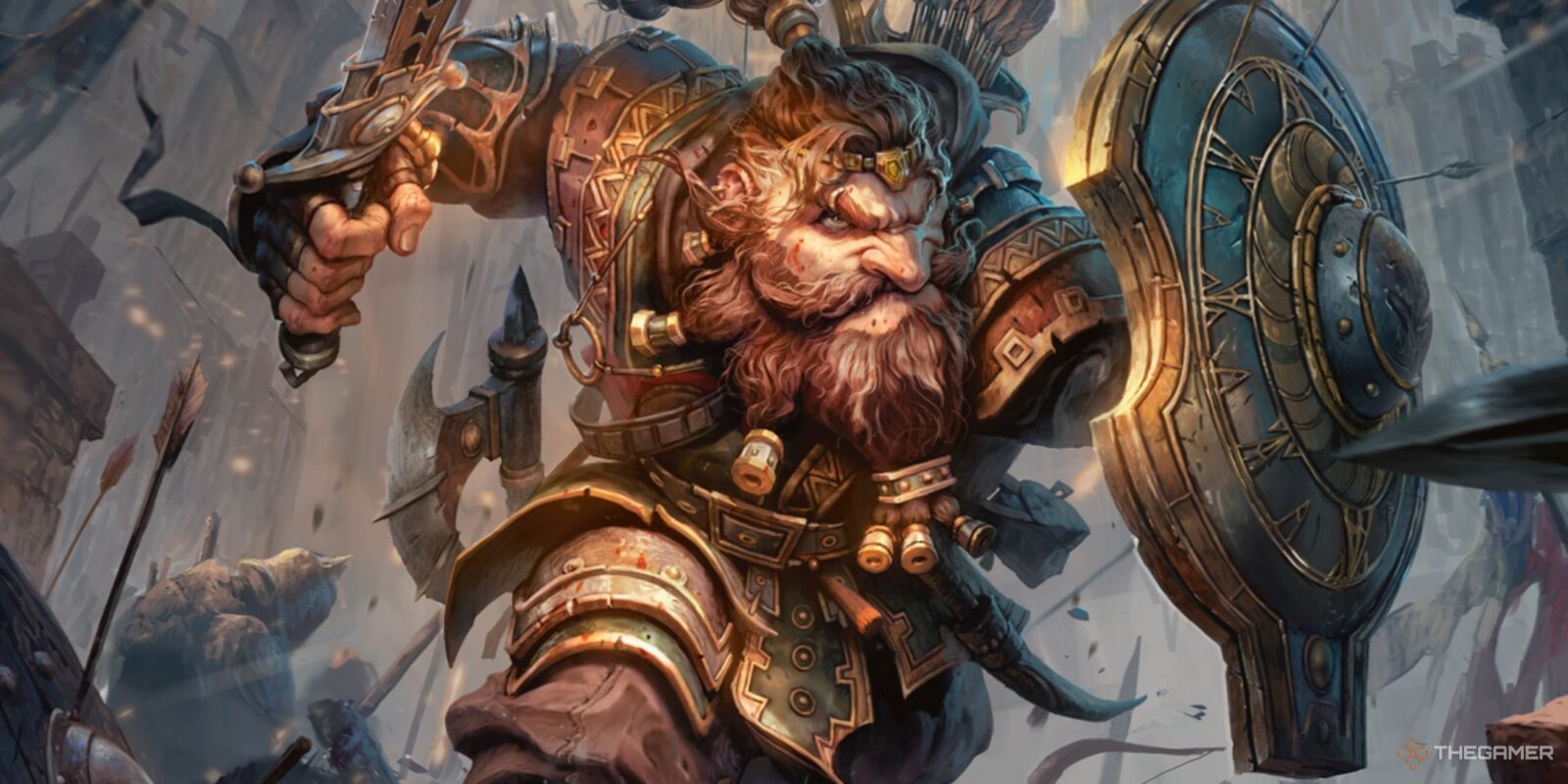


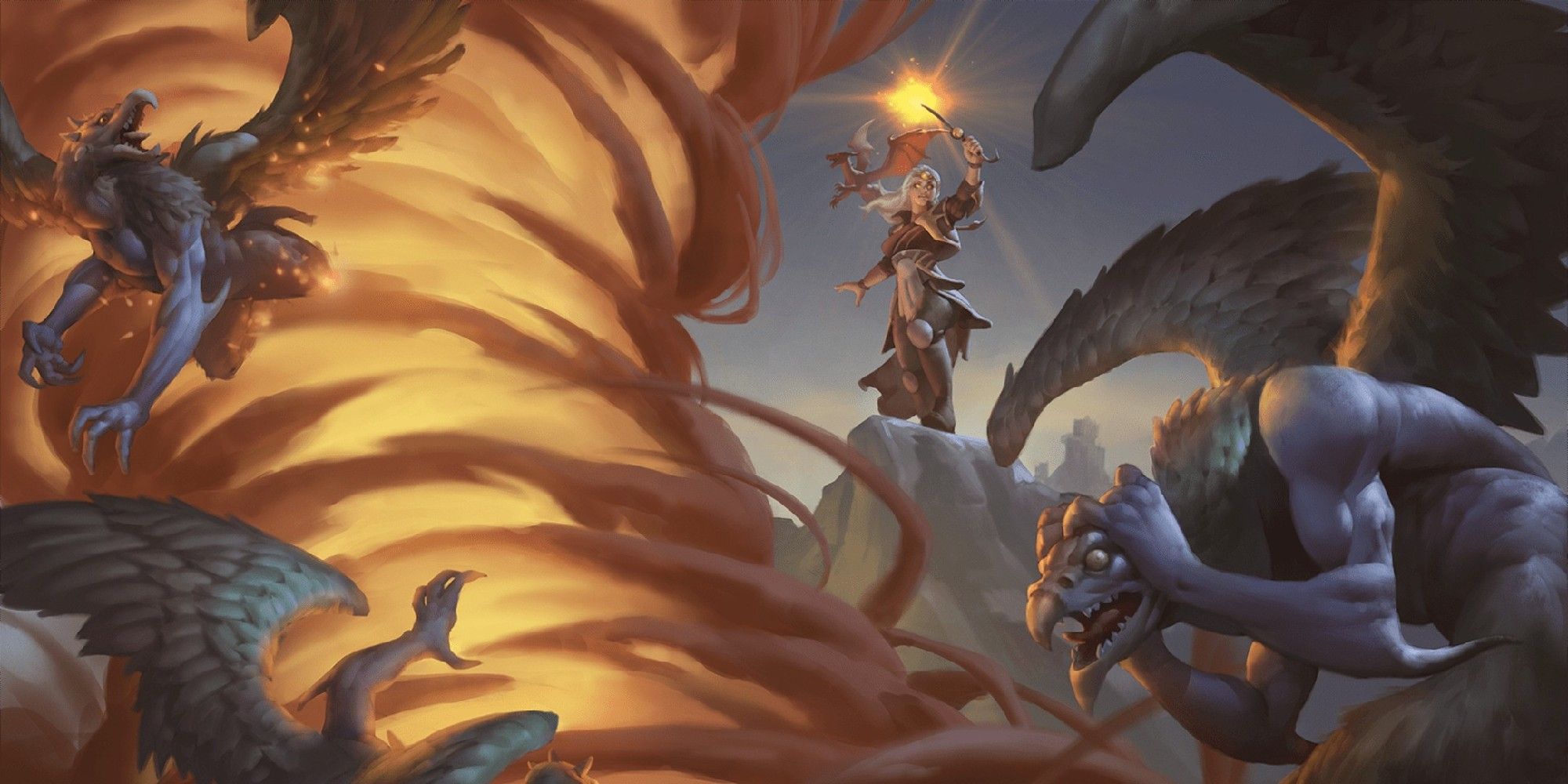
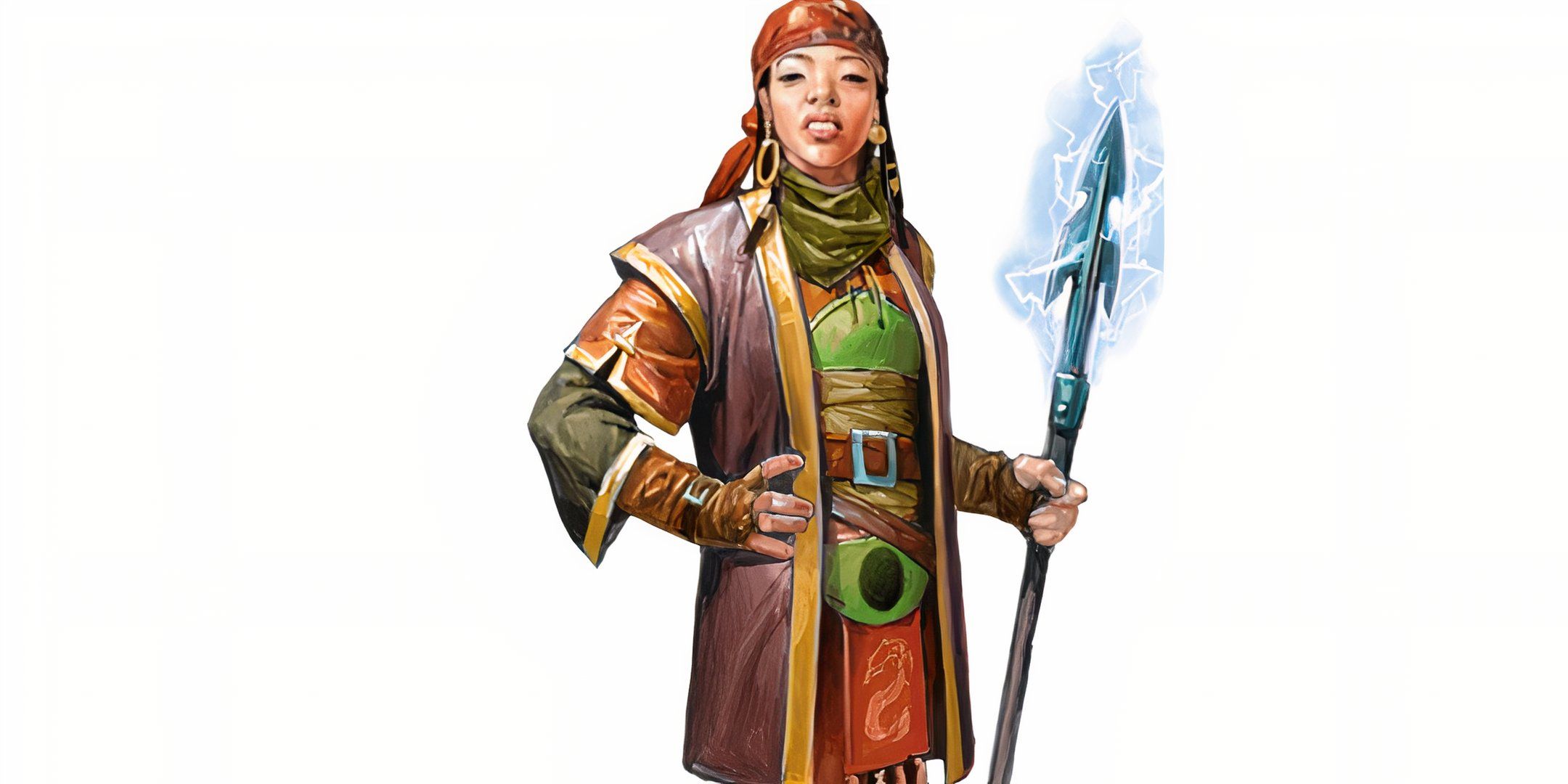
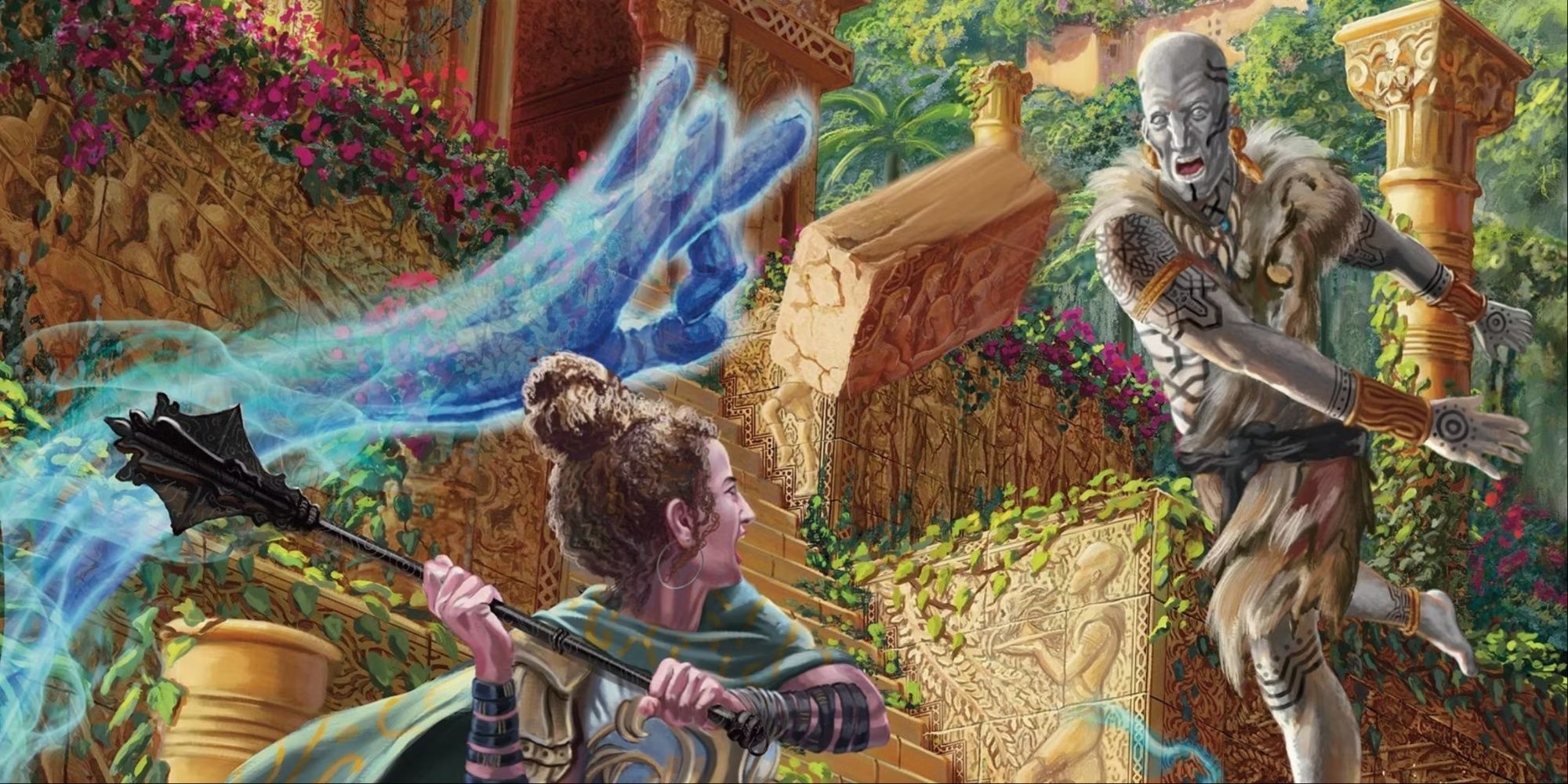
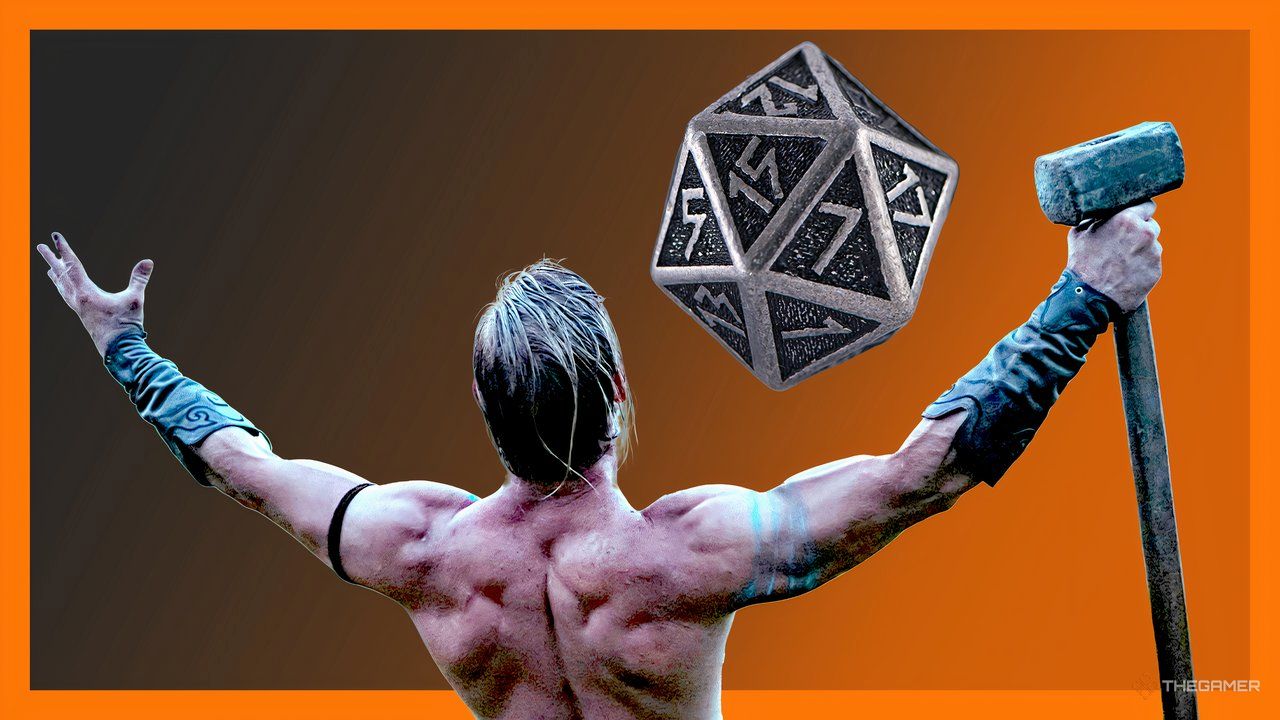
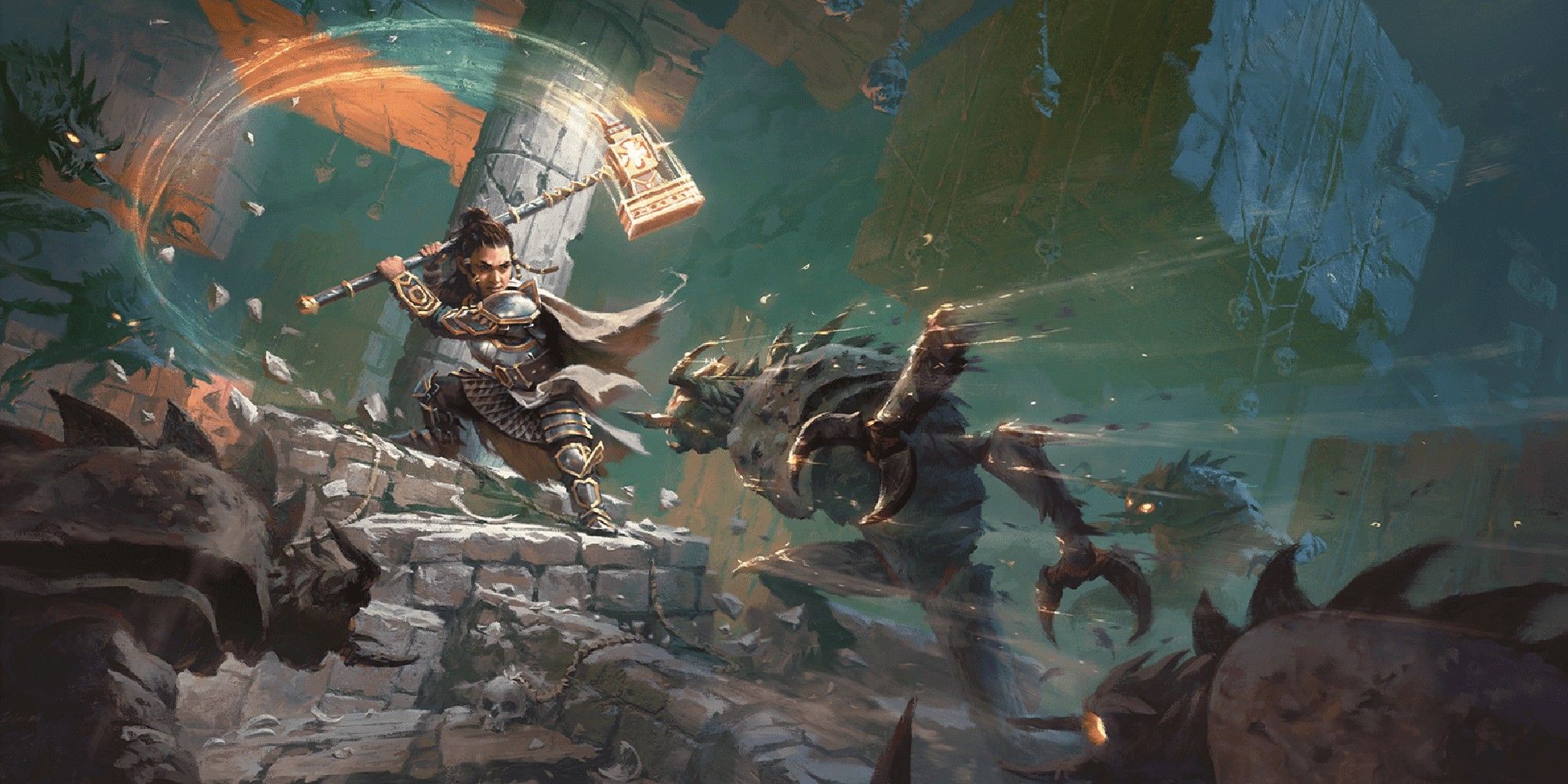
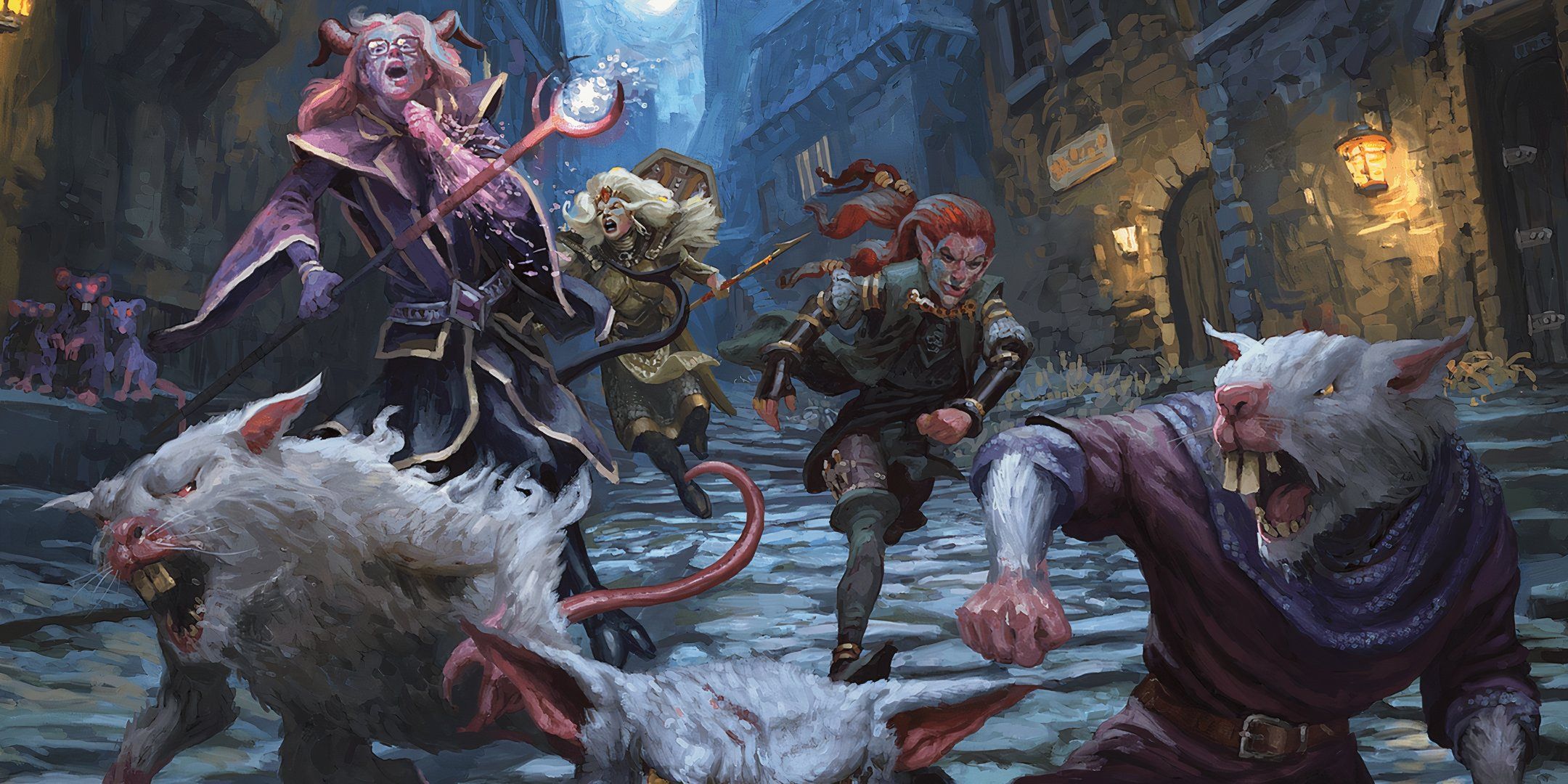
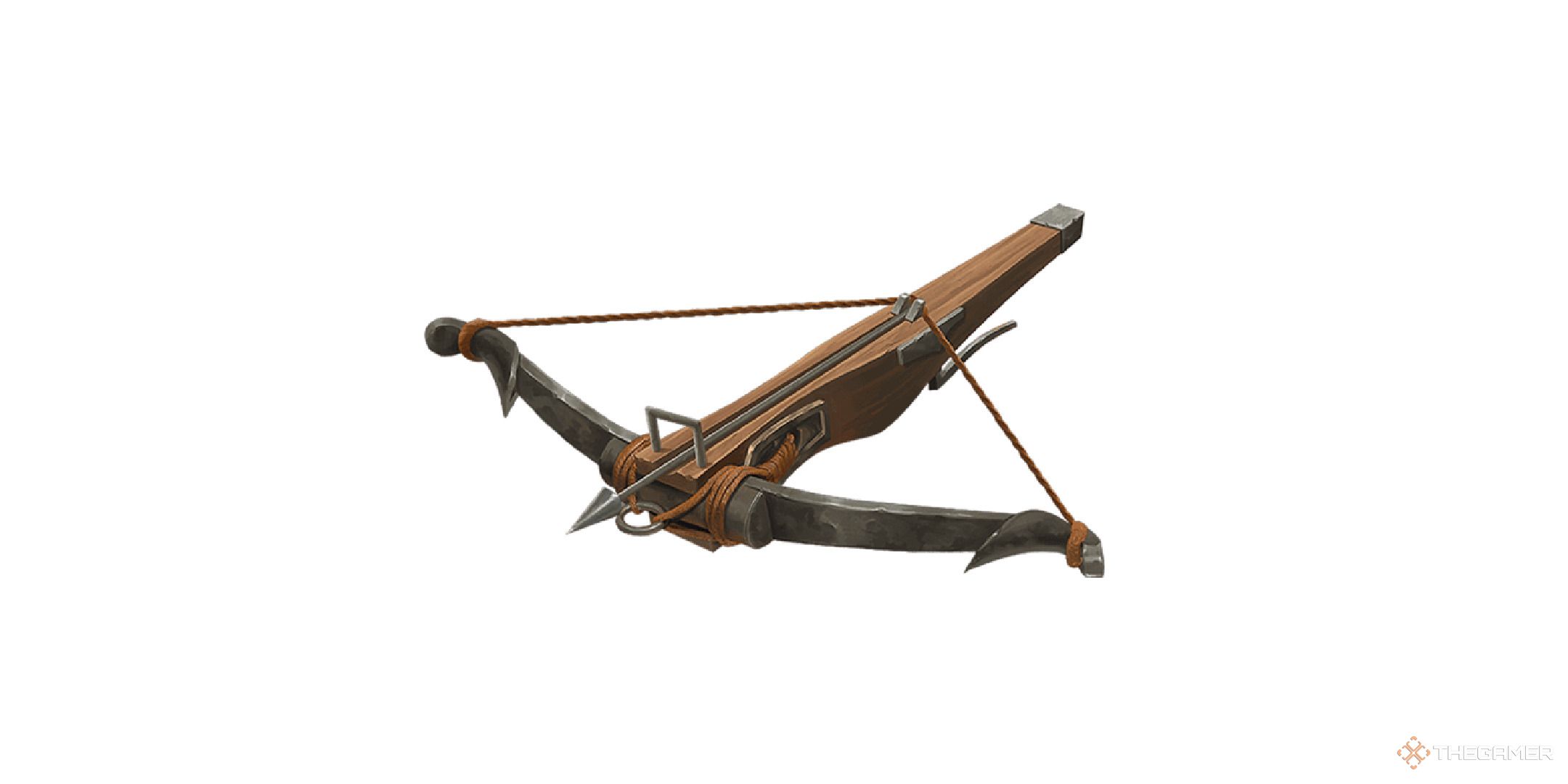
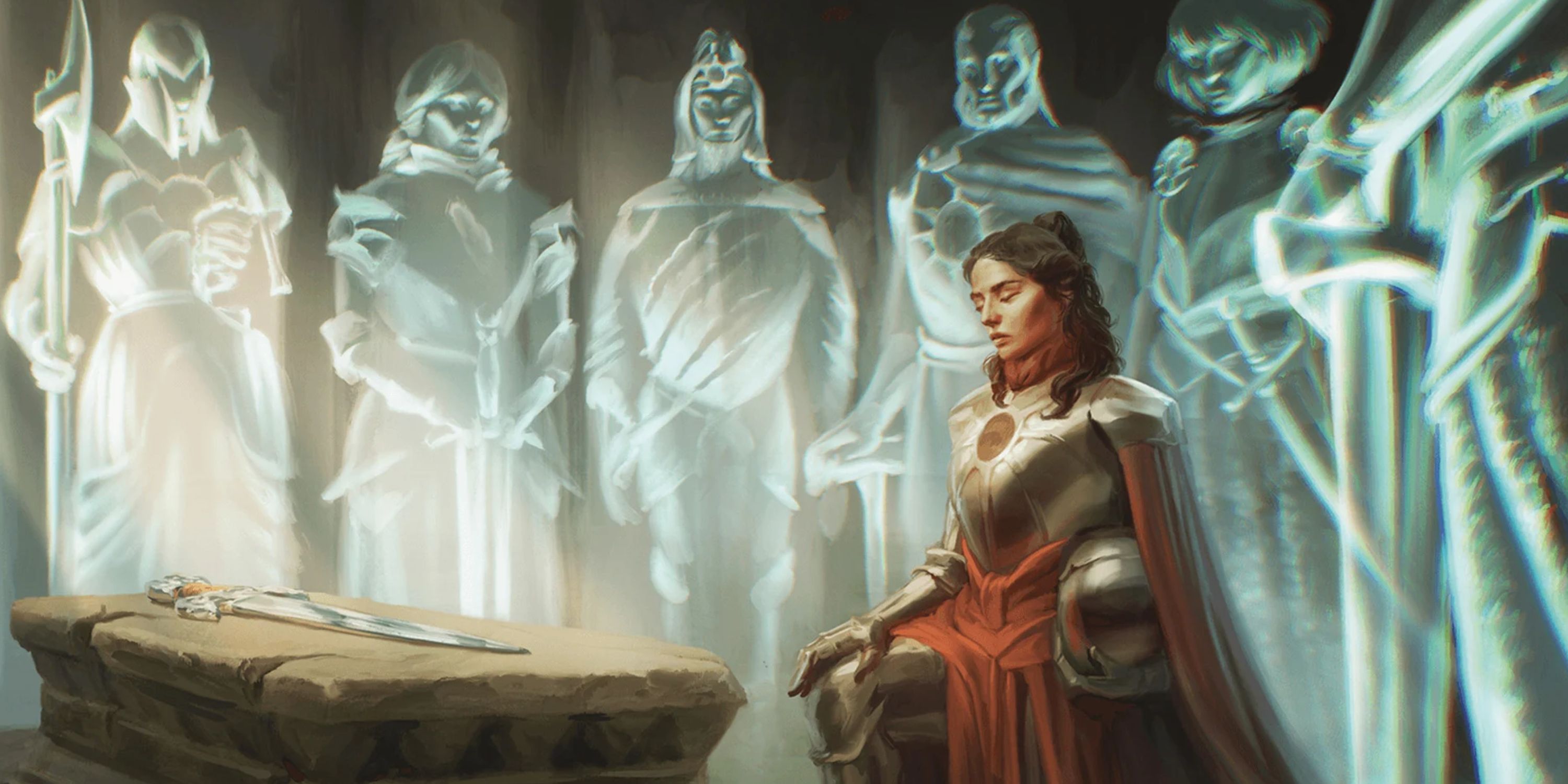
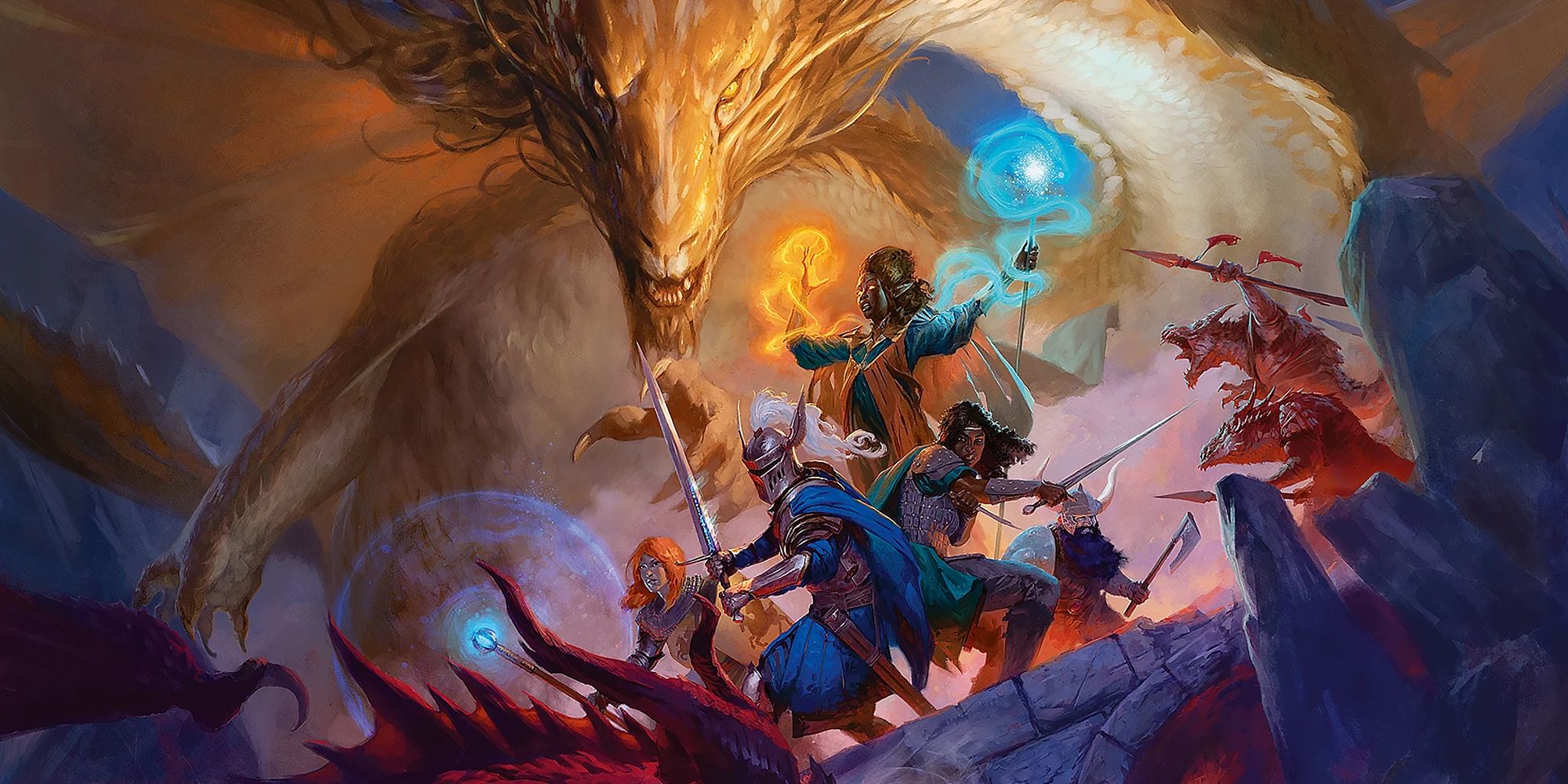
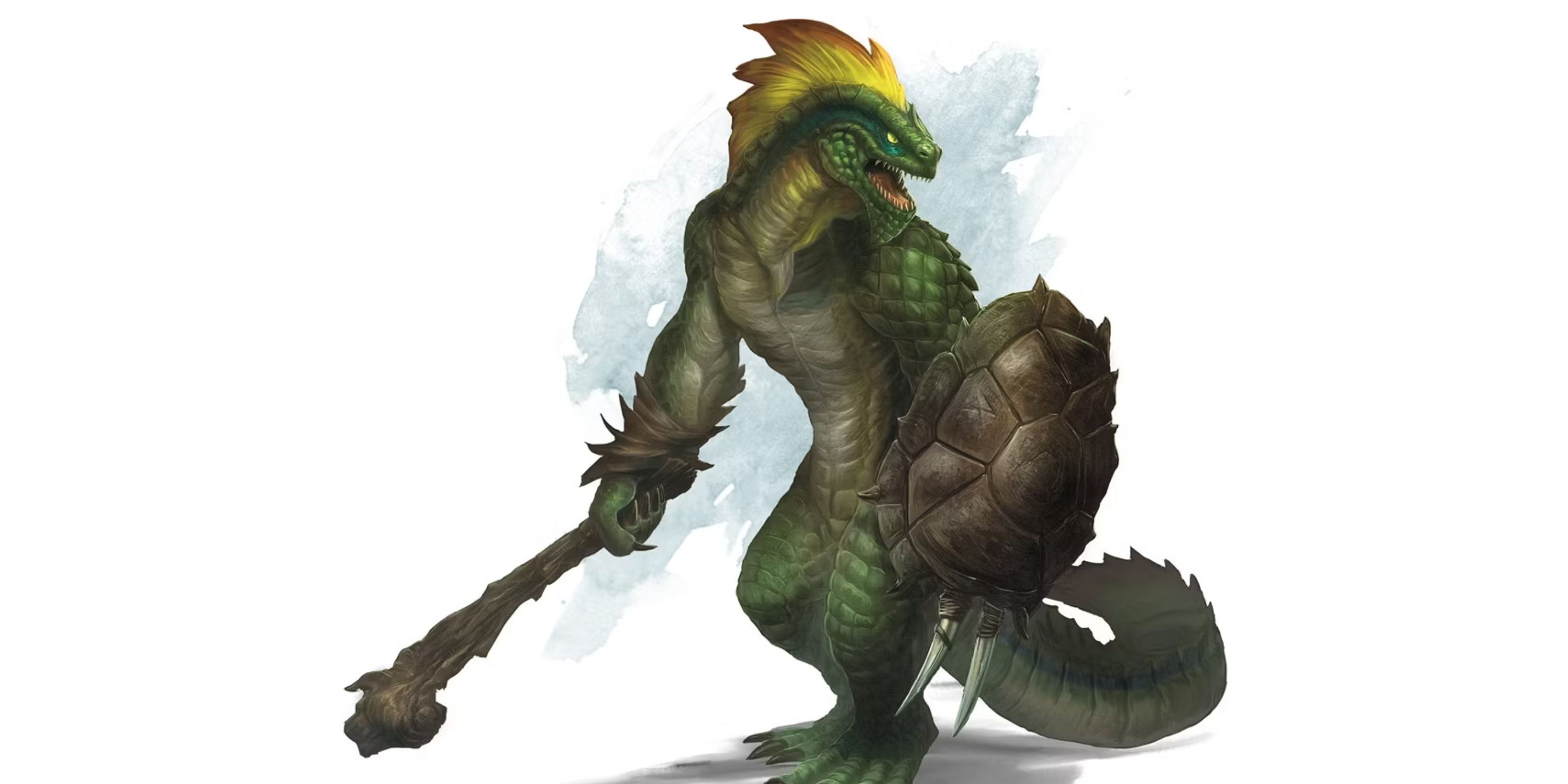
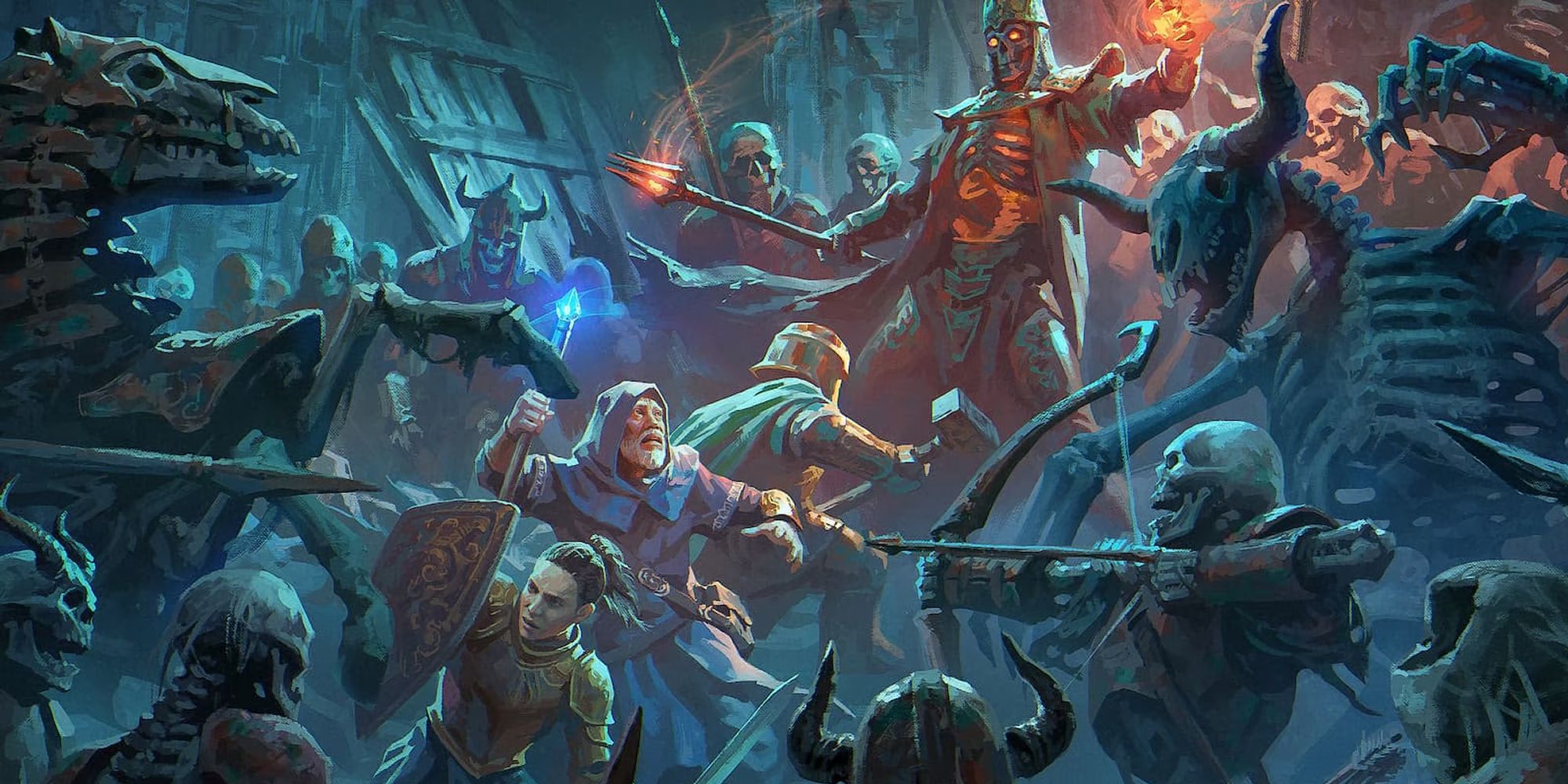
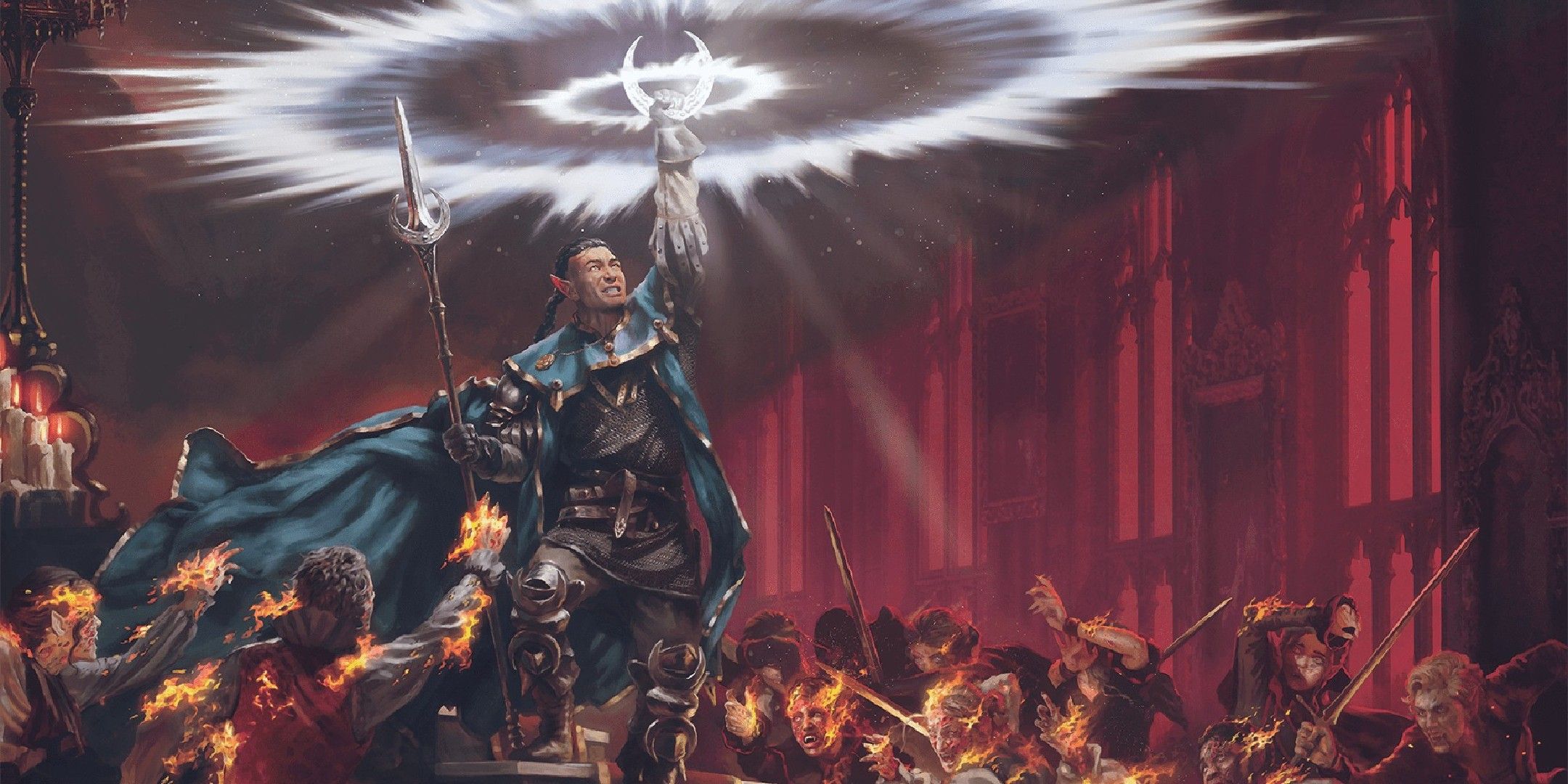
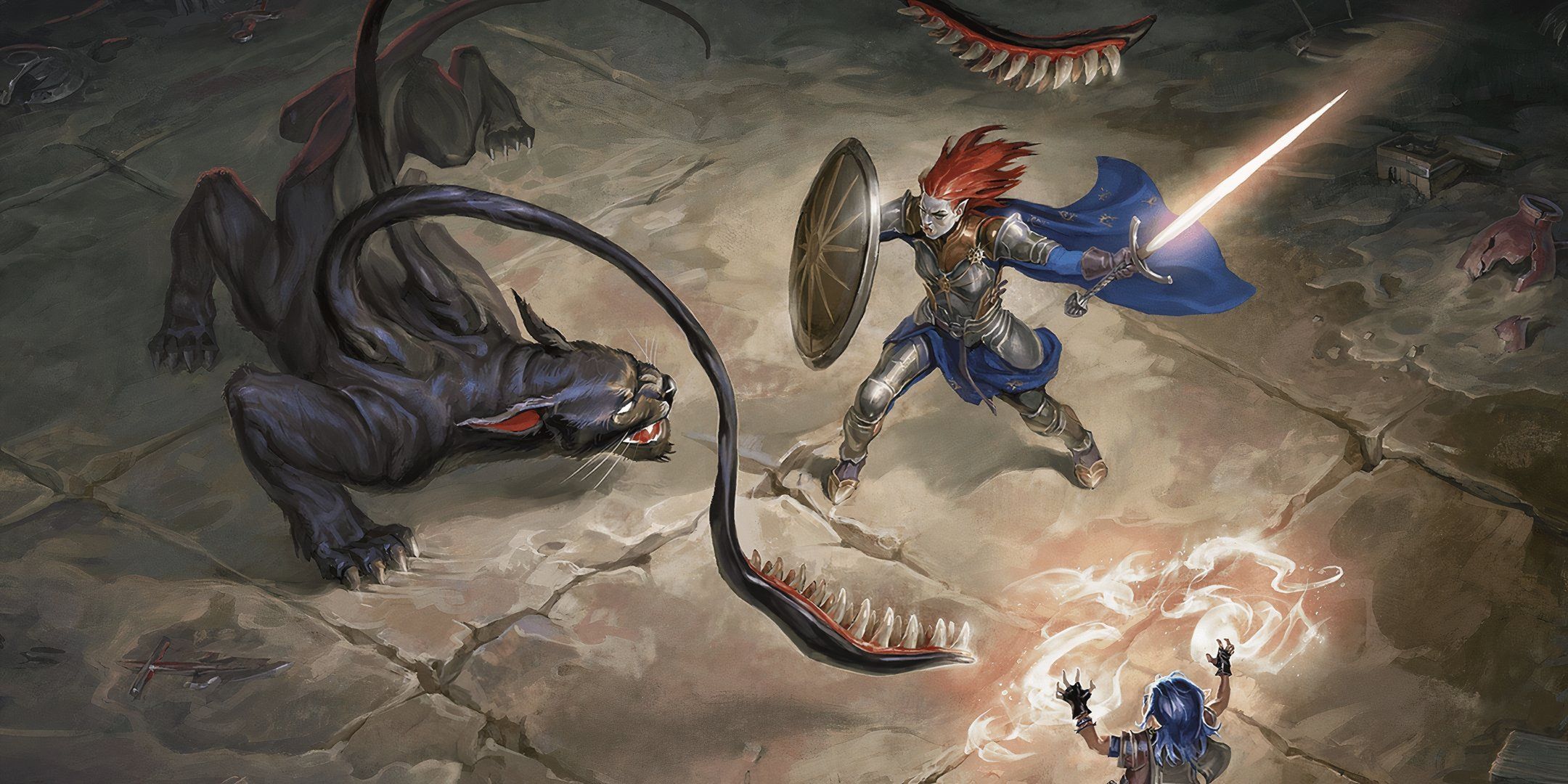
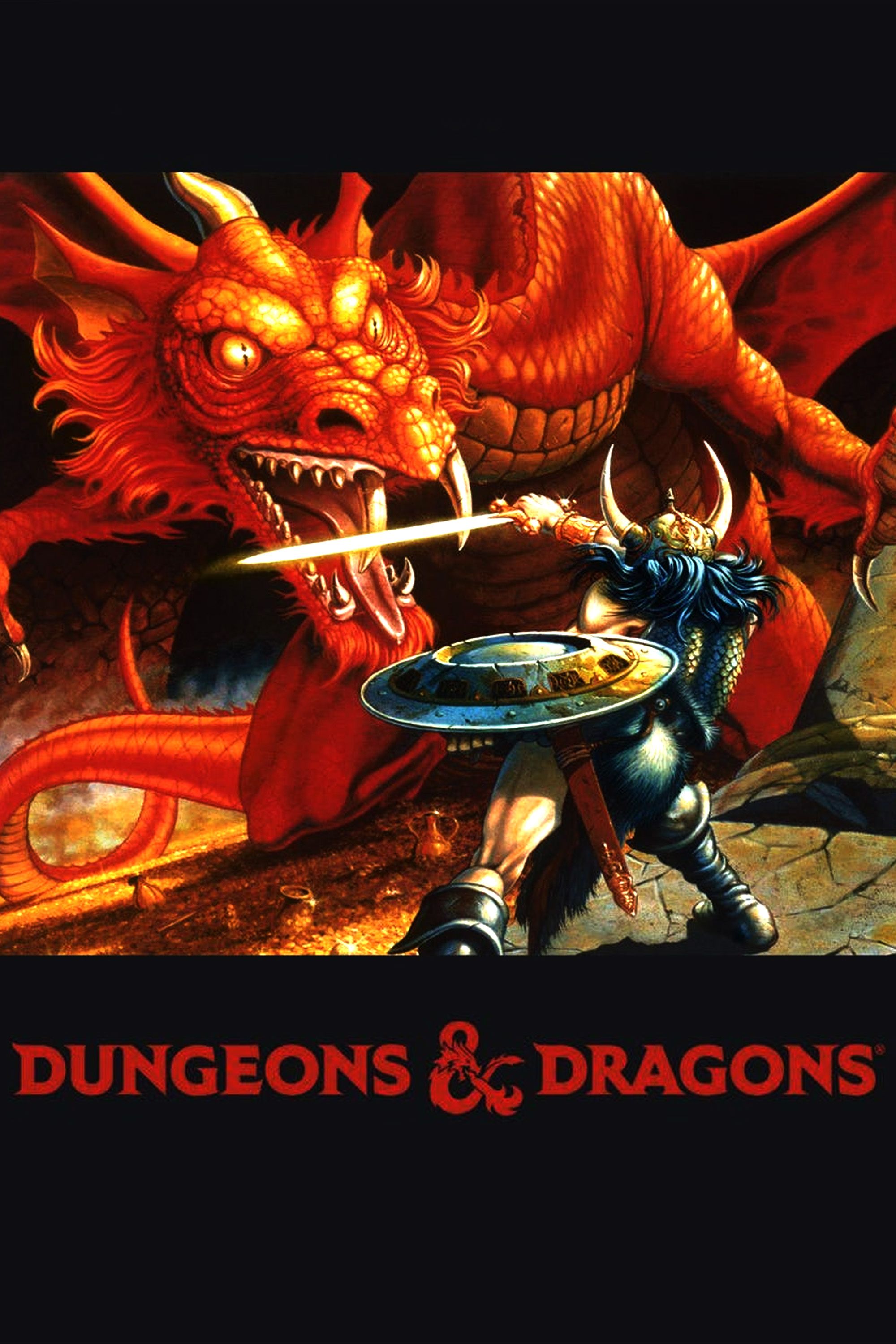




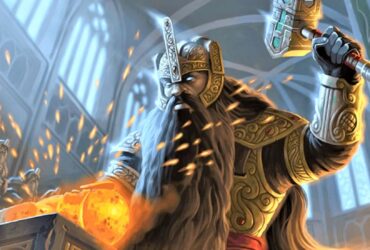




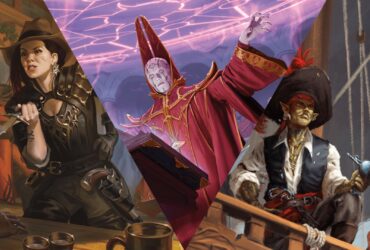
Leave a Reply